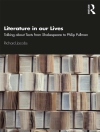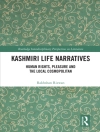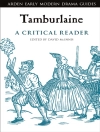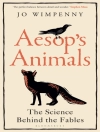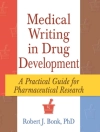There is a prehistory of the adultery novel, which became a pan-European literary paradigm in the second half of the 19th century. In the wake of the French Revolution, secular marriage legislation emerges, producing a metaphorical surplus that is still effective today. Using legal history and canonical literary texts from Rousseau to Goethe and Manzoni to Hugo and Flaubert, this book traces how marriage around 1800 became a figure of reflection for the modern nation-state. In the process, original contributions to the philology of the individual texts emerge. At the same time, law and literature are made fruitful for a historical semantics of society and community.
This book is a translation of an original German 1st edition “Ehe als Nationalfiktion” by Dagmar Stöferle, published by J.B. Metzler, imprint of Springer-Verlag Gmb H Germany, part of Springer Nature in 2020. The translation was done with the help of artificial intelligence (machine translation by the service Deep L.com). The author (with the support of Chris Owain Carter) has subsequently revised the text further in an endeavour to refine the work stylistically.
विषयसूची
1.Introduction.- 2. marriage around 1800 – between contract and sacrament.- 3. Manzoni – law and novel.- 4. between fairy tale and novel – Goethe’s marriage experiments.- 5. novels in court – Notre-Dame de Paris and Madame Bovary.- 6. conclusion.- bibliography.- index of persons.
लेखक के बारे में
Dagmar Stöferle is a private lecturer at the Institute of Romance Studies at the LMU Munich.


